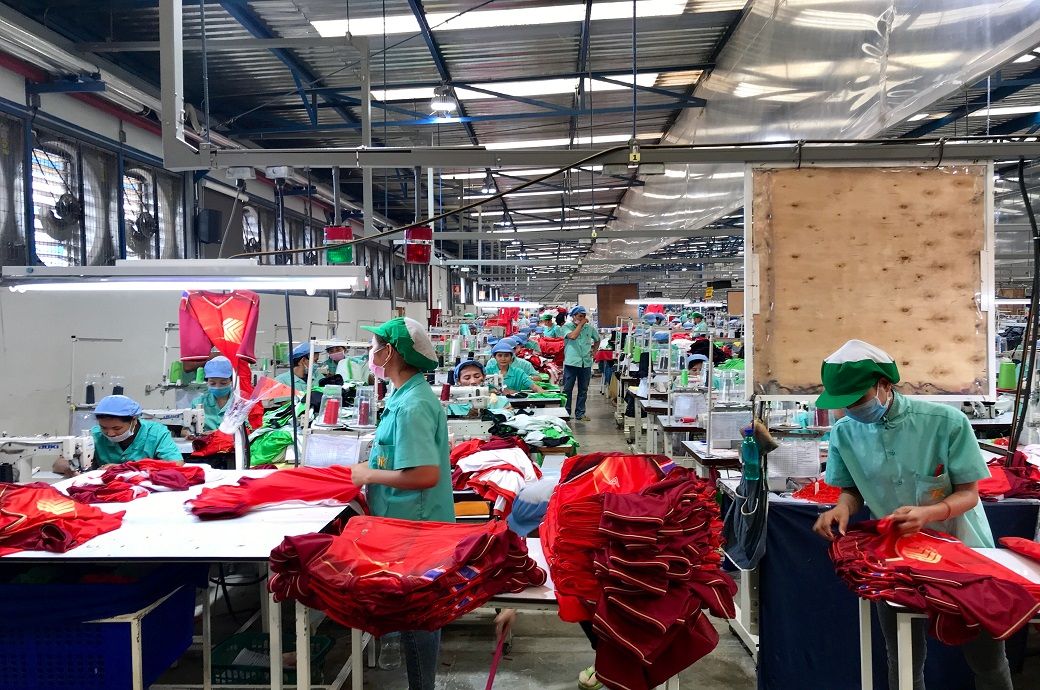ICE December cotton futures settled at 65.05 cents per pound, up 0.49 cent. The contract successfully closed above the 65 cent level for three consecutive weeks. Cotton futures posted four consecutive sessions of gains, reflecting continued recovery momentum. The contract has gained a total of 131 points in the last four sessions. Other contracts also finished higher, with gains ranging between 30 and 53 points.
ICE cotton futures rose for the fourth straight session, with December 2025 contracts settling at 65.05 cents per pound. Gains in US grain markets provided support to all commodities, offsetting pressure from falling crude oil. However, cheaper polyester production costs, the prolonged US government shutdown that delayed USDA data, and lingering trade tensions continued to cloud the outlook for global cotton demand.
The total trading volume for the session stood at 44,549 contracts, indicating moderate participation. The number of cleared contracts was 52,963, compared to the previous day’s level, suggesting active clearing activity.
Market analysts said the rebound in grain markets provided support to cotton prices across commodities, offsetting other bearish factors.
Chicago soybean futures hit a 15-month high on Tuesday, boosted by optimism about upcoming U.S.-Asia trade talks and positive expectations surrounding the U.S. President’s visit to Asia.
Meanwhile, crude oil prices fell nearly 2 percent, marking their third straight daily decline, as traders assessed the impact of U.S. sanctions on Russia’s two largest oil companies and potential OPEC+ production increases.
Meanwhile, crude oil prices fell nearly 2 percent, marking their third straight daily decline, as traders assessed the impact of U.S. sanctions on Russia’s two largest oil companies and potential OPEC+ production increases.
Falling oil prices made polyester (a key substitute fiber for cotton) cheaper for manufacturers, thus reducing demand for cotton.
The US government shutdown, now approaching its fourth week, has delayed several important economic and agricultural reports, including the USDA’s monthly supply and demand report, adding uncertainty to market expectations. The shutdown has also slowed cotton trade flows, reducing access to official data and affecting overall market transparency.
Persistent trade tensions between the United States, the world’s largest cotton producer, and key importing nations continue to weigh on the outlook for global cotton demand.
As of this morning (Indian Standard Time), December 2025 ICE cotton was trading at 65.05 cents per pound (unchanged), spot cotton at 62.55 cents (up 0.49 cents), March 2026 contract at 66.60 cents (unchanged), May 2026 contract at 67.82 cents (up 0.02 cents), the July 2026 contract at 68.93 cents (unchanged) and the October 2026 contract at 68.70 cents (up 0.39 cents). Some contracts remained at their previous closing levels and no transactions have been recorded so far.
Fiber2Fashion News Desk (KUL)



